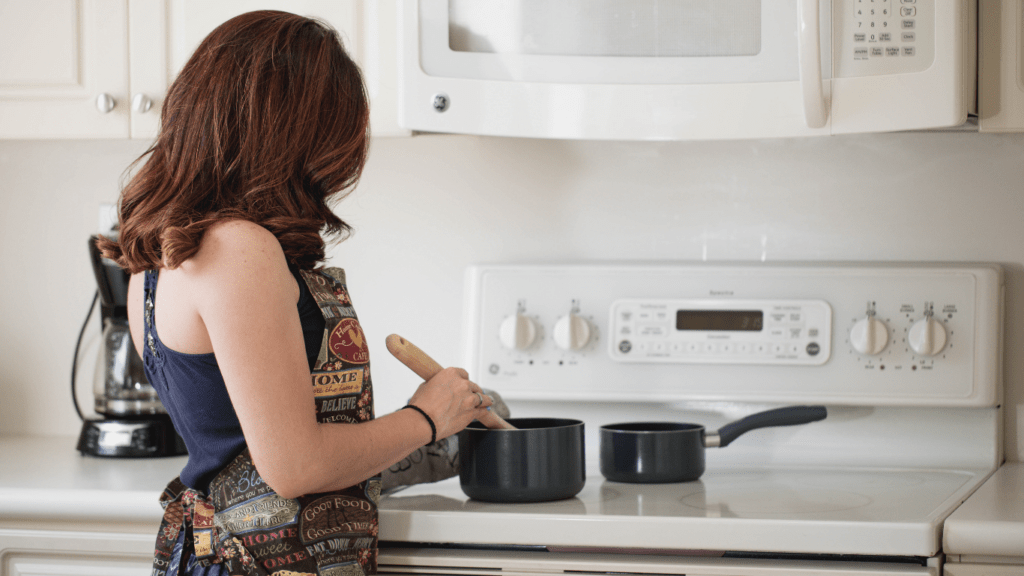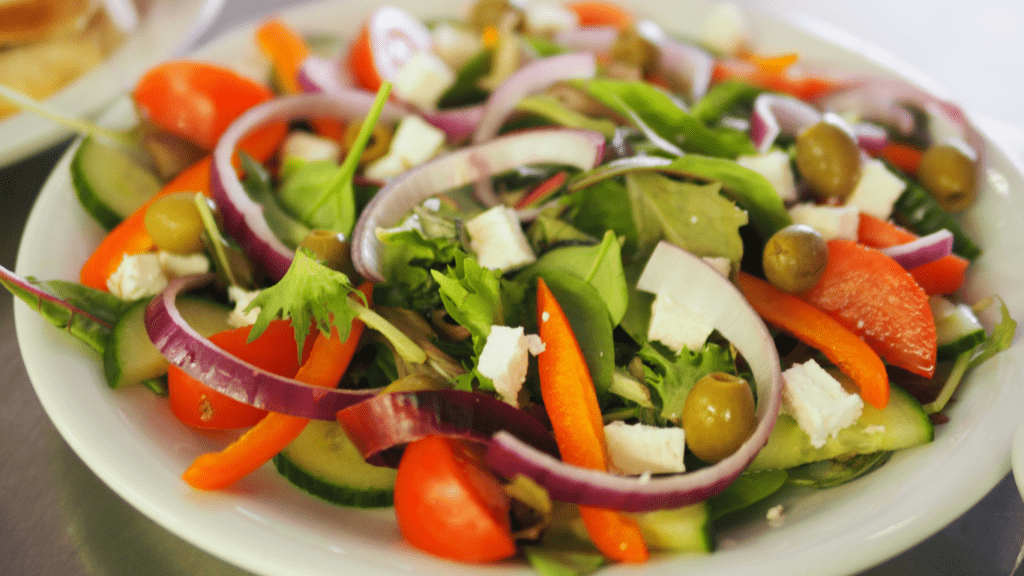how many puzzle pieces for 5 year old
Puzzles are great for a five-year-old’s development—they build problem-solving skills, attention span, hand-eye coordination, and patience. If you’re searching for a new challenge for your child, you might be wondering: how many puzzle pieces for 5 year old is just right? There’s no one-size-fits-all answer, but some clear guidelines can help you decide.
Typical Puzzle Piece Counts at Age 5
Most five-year-olds can manage puzzles with 25 to 60 pieces, sometimes even more. At this age, kids have moved beyond simple toddler jigsaws. They’re ready for puzzles with smaller pieces, new shapes, and more complex images.
For beginners or kids new to puzzles, start with something at the lower end—around 25 to 35 pieces. If your child enjoys puzzles and is used to them, you can move up to 48, 60, or even 100 pieces. Some kids will find 100 pieces a fun stretch, while others may become frustrated.
Factors That Influence the Right Piece Count
How many puzzle pieces for 5 year old depends on several things:
- Experience: A child used to puzzles can handle more pieces or more complex visuals.
- Patience and Interest: Some five-year-olds love a challenge. Others lose interest quickly if it’s too hard or too easy.
- Puzzle Image: Puzzles with clear themes, block colors, or distinct areas are easier than mushy, complicated scenes.
- Piece Size: Even large-piece puzzles can be tricky if the image is busy. Smaller pieces mean more dexterity needed.
Pros and Cons of Bigger Puzzles
Pros
- Improves focus and perseverance
- Encourages detailed observation
- Builds spatial reasoning
Cons
- Too challenging can lead to frustration
- Overly hard puzzles may not get finished (and may discourage future attempts)
Tips for Selecting the Right Puzzle
- Start at the low end: A confident win helps build interest.
- Pay attention to how your child responds: Are they asking for more, or do they seem bored?
- Try “family” puzzles: Some sets graduate in difficulty so kids can “level up” as their skills grow.
- Mix it up: Alternate between jigsaws, floor puzzles, and 3D puzzles for variety.
- Stay involved: Doing a puzzle together can be more fun and keeps frustration at bay.
Signs Your Child Is Ready for More Pieces
If your five-year-old finishes a puzzle quickly and asks for more, or solves a favorite puzzle multiple times with ease, it’s probably time to increase the difficulty. On the other hand, if frustration appears, stick with easier puzzles for a while longer.
Bottom Line
How many puzzle pieces for 5 year old? Start with 25–60 pieces as a benchmark. Adjust up or down based on your child’s skills and patience. Puzzles should be fun and rewarding, not overwhelming—but don’t be afraid to nudge the challenge level gently forward. Each child is different, and the best puzzle keeps them engaged, interested, and eager for the next one.


